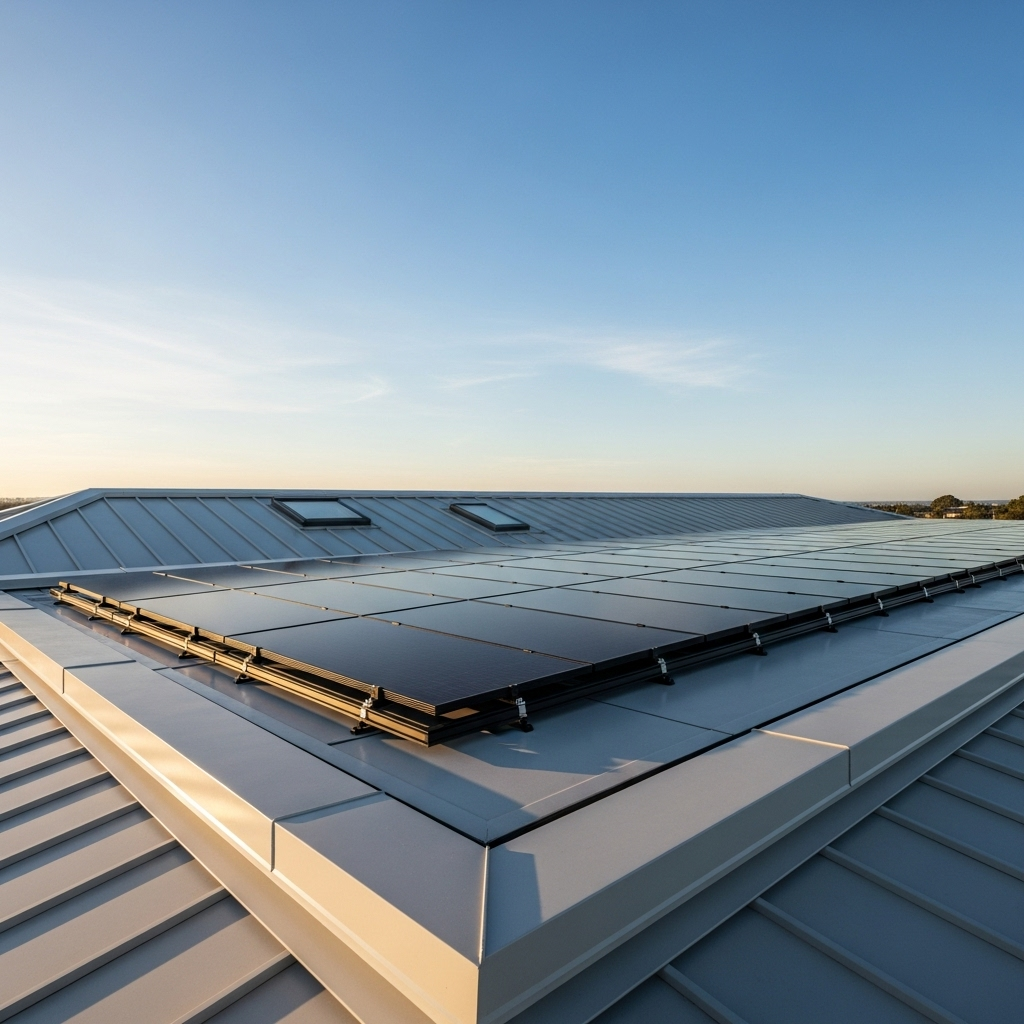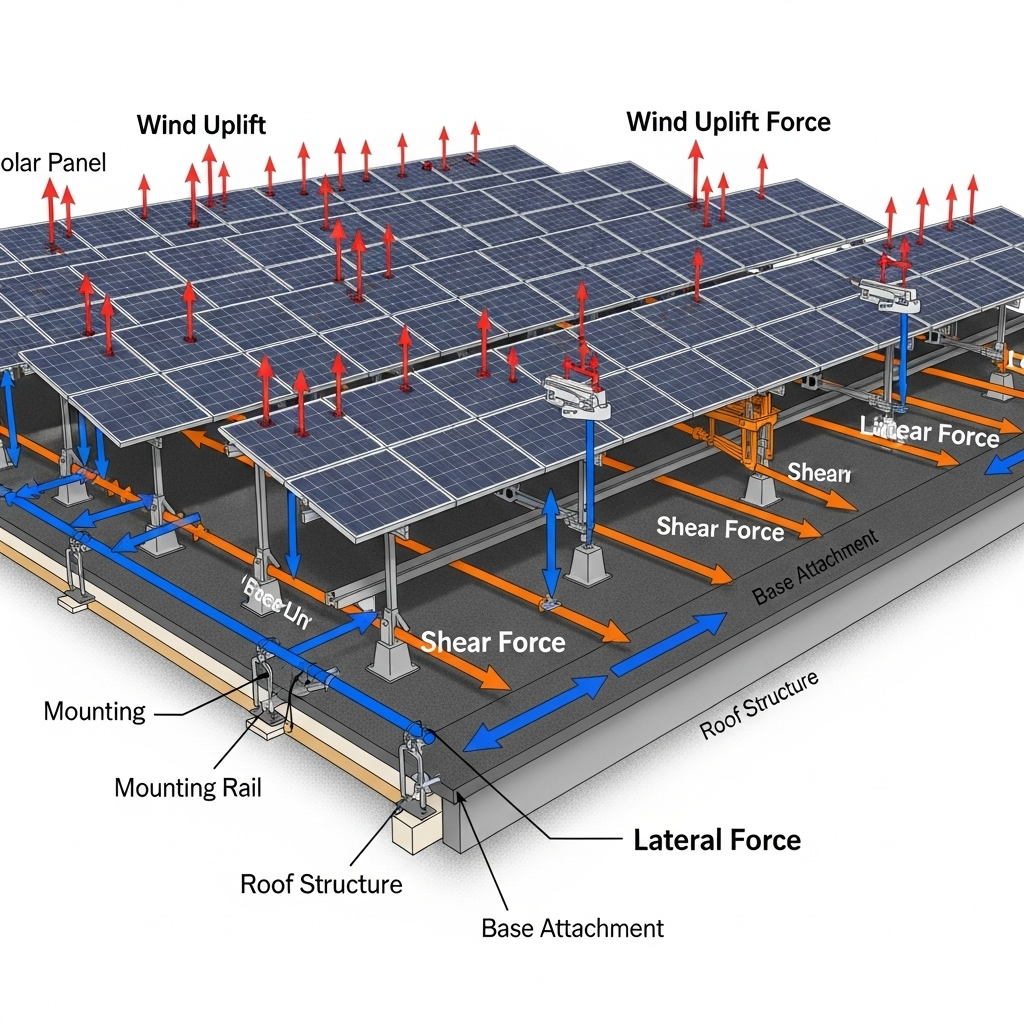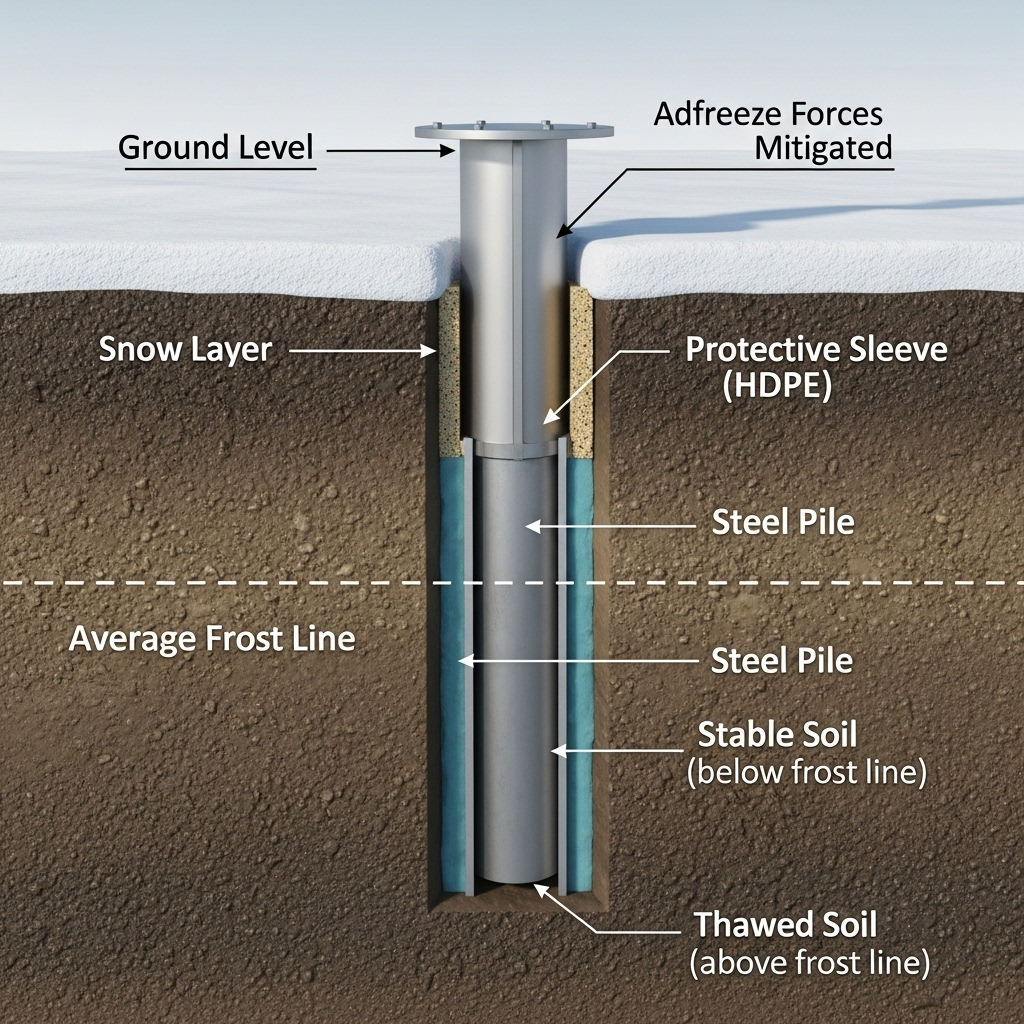The foundation of any durable and efficient solar energy system is its mounting hardware. While solar panels and inverters often get the spotlight, the racking is what secures your investment to your home, withstanding weather for decades. As technology advances, these systems are becoming smarter, more efficient, and more integrated. This overview covers the key residential solar racking trends, price dynamics, and essential code updates you need to know for 2025.
Innovations in Roof Mounting Technology
Modern solar racking is evolving beyond simple metal frames. The latest systems focus on faster installation, improved aesthetics, and greater durability. These advancements make solar more accessible and appealing to a wider range of homeowners.

The Rise of Rail-Less and Integrated Systems
Traditional solar installations use long rails as a base for attaching panels. Rail-less systems, however, attach directly to the roof, using fewer components. This often results in a cleaner, lower-profile look that many homeowners prefer. Integrated systems take this a step further by becoming part of the roof itself, like solar shingles. While potentially more expensive upfront, these options offer superior aesthetics and can be a great choice for new construction or roof replacements.
Advanced Materials and Modular Designs
Manufacturers are increasingly using high-grade aluminum alloys and composites to make racking lighter without sacrificing strength. This reduces the structural load on your roof and makes handling components easier and safer for installers. Modular designs, which use standardized, interlocking parts, also streamline the installation process. This approach simplifies logistics, reduces installation time, and minimizes potential errors on the job site.
Analyzing Solar Racking Costs in 2025
Understanding the cost of a solar mounting system involves looking at more than just the price of hardware. Labor, engineering, and market dynamics all play a significant role in the final price you pay. A comprehensive analysis from the International Renewable Energy Agency (IRENA) highlights that 'soft costs', including labor and supply chain logistics, are a major part of the total installed cost of solar projects.
Hardware vs. 'Soft' Costs
The physical racking components—mounts, clamps, and frames—typically make up a fraction of the total system cost. The remaining expenses are 'soft costs', which include labor for installation, system design, permitting fees, and supply chain overhead. A study on renewable power generation costs indicates that while hardware prices have fallen, these soft costs can vary significantly by region and installer. According to the Renewable Power Generation Costs in 2024 report, optimizing installation practices is key to reducing overall expenses.
Price Trends and Market Influences
The price of solar racking is influenced by global economic factors. Raw material costs, particularly for aluminum, can cause prices to fluctuate. Additionally, supply chain efficiency and manufacturing innovations contribute to price changes. In recent years, advancements in manufacturing have helped stabilize hardware costs, but shipping and labor costs remain variable. Homeowners should anticipate these factors when budgeting for a new solar installation.
| System Type | Average Cost (Hardware) | Installation Speed | Best For |
|---|---|---|---|
| Standard Rail-Based | Moderate | Standard | Most roof types, maximum adjustability |
| Rail-Less | Moderate to High | Fast | Asphalt shingle roofs, aesthetic focus |
| Shared-Rail | Low to Moderate | Fast | Large, simple roof layouts |
| Ballasted (Flat Roof) | High | Very Fast | Flat roofs where penetrations are not desired |
Navigating Critical 2025 Code and Safety Updates
Staying compliant with local and national codes is not just a legal requirement; it is essential for the safety and longevity of your solar installation. Building and electrical codes are updated regularly to incorporate new technologies and safety standards.
Wind and Snow Load Requirements
Your roof racking must be engineered to withstand the specific wind and snow loads in your area. These requirements are based on standards like ASCE 7 and are enforced by local building departments. A properly designed system ensures your solar panels remain securely attached during extreme weather events, protecting your home and your investment. Always verify that your installer provides engineered plans that meet or exceed local codes.
Fire Safety and Setback Regulations
Fire safety codes, such as those in the International Fire Code (IFC), mandate clear pathways on the roof for firefighters. These setbacks ensure emergency responders have adequate space to move around the solar array. Regulations can vary by jurisdiction, so it is crucial that your installation plan accounts for the specific setback requirements in your city or county.
Connecting Racking to Overall System Performance
A well-executed racking installation is the starting point for achieving high energy output and long-term reliability. The physical stability it provides is foundational to the electrical performance of the entire solar and storage system.
How Racking Choices Affect Energy Production
The orientation and tilt angle of your solar panels, determined by the racking system, directly impact how much sunlight they capture. While most residential roofs have a fixed pitch, some racking systems allow for minor tilt adjustments to optimize energy production throughout the year. Proper racking also ensures adequate airflow underneath the panels, which helps keep them cool and operating efficiently, as higher temperatures can reduce panel output.
Integration with Energy Storage Solutions
A robust solar array is the first half of a complete energy independence solution. The energy it produces can be stored in a home battery system for use at night or during a power outage. The reliability of your racking system ensures your panels can consistently generate the power needed to charge your batteries. A secure physical setup is the first step toward achieving optimal solar and storage performance. For a complete understanding of how to evaluate your system's output, you can consult this ultimate reference on solar storage performance.
Your Foundation for Energy Independence
Choosing the right roof mounting system is a critical decision that impacts the safety, efficiency, and aesthetics of your solar installation. By staying informed about the latest technological trends, understanding the components of cost, and adhering to current safety codes, you build a solid foundation. This careful planning ensures your solar energy system will deliver clean, reliable power for many years, moving you closer to true energy independence.
Frequently Asked Questions
What is the average cost of solar racking per watt?
The hardware cost for residential solar racking typically ranges from $0.10 to $0.25 per watt. However, this figure does not include labor, permitting, or other soft costs. The final installed price will vary based on the system type, roof complexity, and local labor rates.
Do I need a permit to install solar racking?
Yes, in almost all cases. The roof mounting system is a structural component of the overall solar installation, which requires a building permit from your local authority. The permit process ensures the system is designed and installed to meet all relevant safety and building codes.
How long does solar racking last?
High-quality solar racking is designed to last for the entire lifespan of your solar panels, typically 25 years or more. Most manufacturers offer warranties of 20 to 25 years on their mounting hardware, covering defects and ensuring long-term durability against the elements.





Leave a comment
All comments are moderated before being published.
This site is protected by hCaptcha and the hCaptcha Privacy Policy and Terms of Service apply.